Swedish Report suggests that crumb rubber infill loss can be reduced to below ECHA recommendations
Future for Crumb Rubber?
Announced in February, a new report from Sweden suggests that it may be easier to minimise crumb rubber loss than was thought.
New reports show that it is easier to reduce granular waste from artificial turf than previously thought. The new studies mean that the European Chemicals Agency (ECHA) is reviewing its recommendations to the European Commission.
Studies show that you can minimise waste to as little as 2 grams per square metre with cost-effective mitigation measures. This means that the many benefits of, among other things, rubber infill can be utilised without the risk of unnecessary spillage.
The European Chemicals Agency, ECHA, is reviewing how to reduce the spread of microplastics to nature. One of the proposals that has been investigated and referred is a total ban on the use of rubber granules as filling material in artificial turf.
The rubber granulate is popular among players, has a low total environmental and climate impact, can be recycled again and is economically advantageous, but previous assumptions have expressed uncertainty about whether the material can be made to stay on the field.
The new studies show that a combination of different risk minimisation measures effectively reduces waste from the plans to as little as 2 grams per square meter, which is below the limit of 7 g / m2 proposed by ECHA as an alternative to a total ban.
Due to these new studies, and in view of the extensive consultation responses received, the ECHA has now appointed a new review to complement its analysis.
The conclusions of the reports are completely in line with what we from SDAB highlight in a previous SDAB consultation response. The limitation strategy is the most effective from a holistic perspective. The use of recycled materials must be promoted within the framework of a circular economy and then it is important to show the possibilities of dealing with any concerns, says Fredrik Ardefors, CEO of SDAB.
In connection with the proposal being referred in the autumn of 2020, it appeared that many sports federations, in line with the SDAB, propose that mandatory risk minimisation measures be introduced instead of a total ban on the material.
The first opinion of the ECHA Risk Assessment Committee, RAC, issued in June 2020, expressed concerns about the adequacy of such risk mitigation measures. This is because there are no European standards and guidelines for how these should be applied. New facts have now been presented which caused the ECHA to request that RAC return with a supplementary opinion.
One report published comes from the European Committee for Standards, CEN, and shows that spills can be controlled through design, construction, maintenance, operation and waste management. The second study comes from Swedish pair Simon Magnusson and Josef Mácsik (EcoLoop) who state that a combination of different risk minimisation measures effectively reduces waste to exceedingly small amounts.
“Fredrik Ardefors says; “We are positive that ECHA is now supplementing its analysis based on fact-based studies, and that RAC will now have the opportunity to supplement its opinion after these new studies have been produced.
“In Sweden, we have for many years worked to increase knowledge about how to minimise waste from the plans, and there are already examples of plans that minimised granular waste to the environment to a few grams per year.
“The rubber granulates used as a filling material is made from selected, disposed of and recycled tyres. The fact that tyres can continue to be recycled and introduced through reuse into a circular system where the material’s properties can contribute to public health is positive.
“From a system perspective, it is most long-term sustainable for the environment that we create regulations that make it possible to circulate materials. A ban on rubber granules would have extremely negative consequences for the environment, the national economy and public health,” concludes Fredrik Ardefors.




















